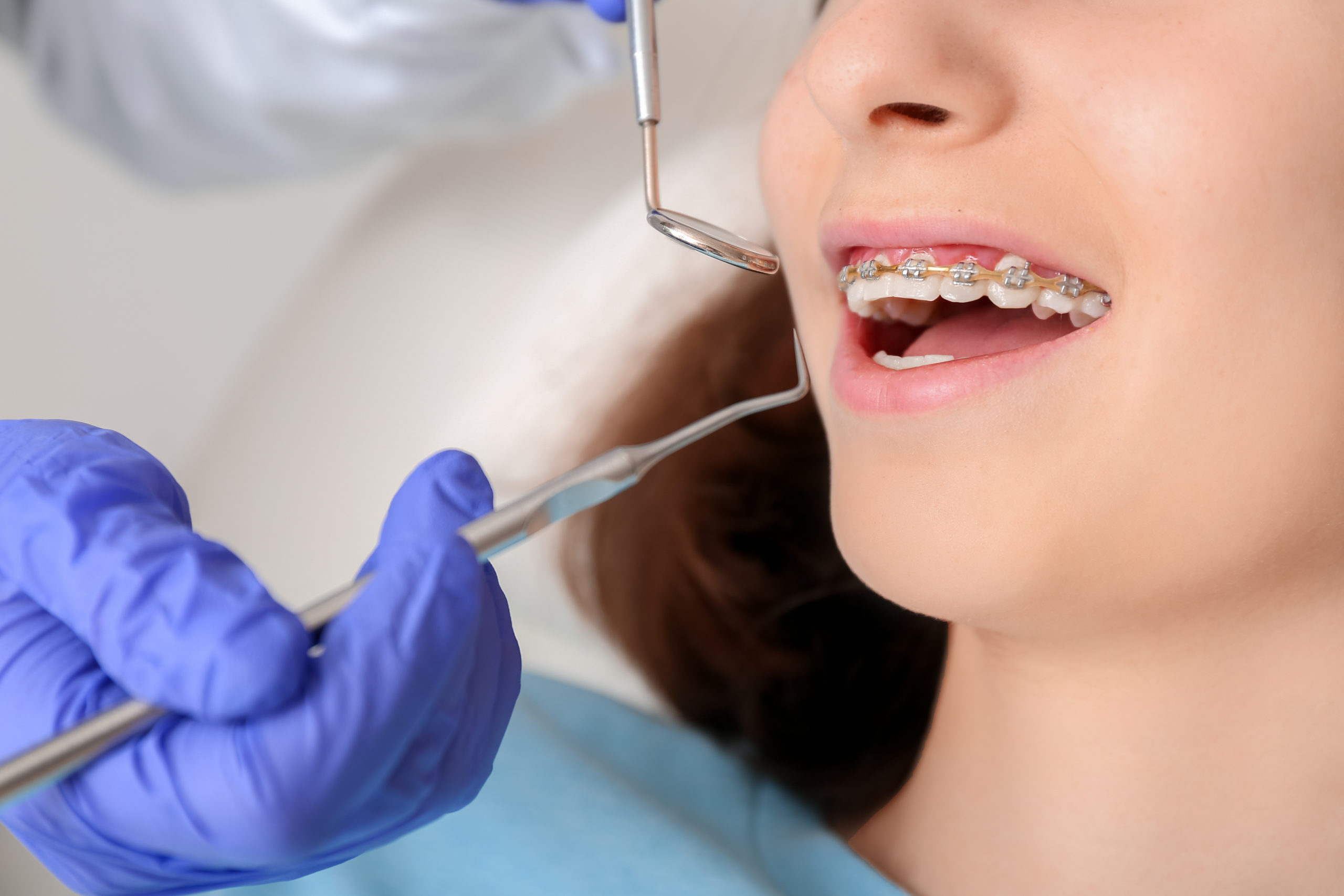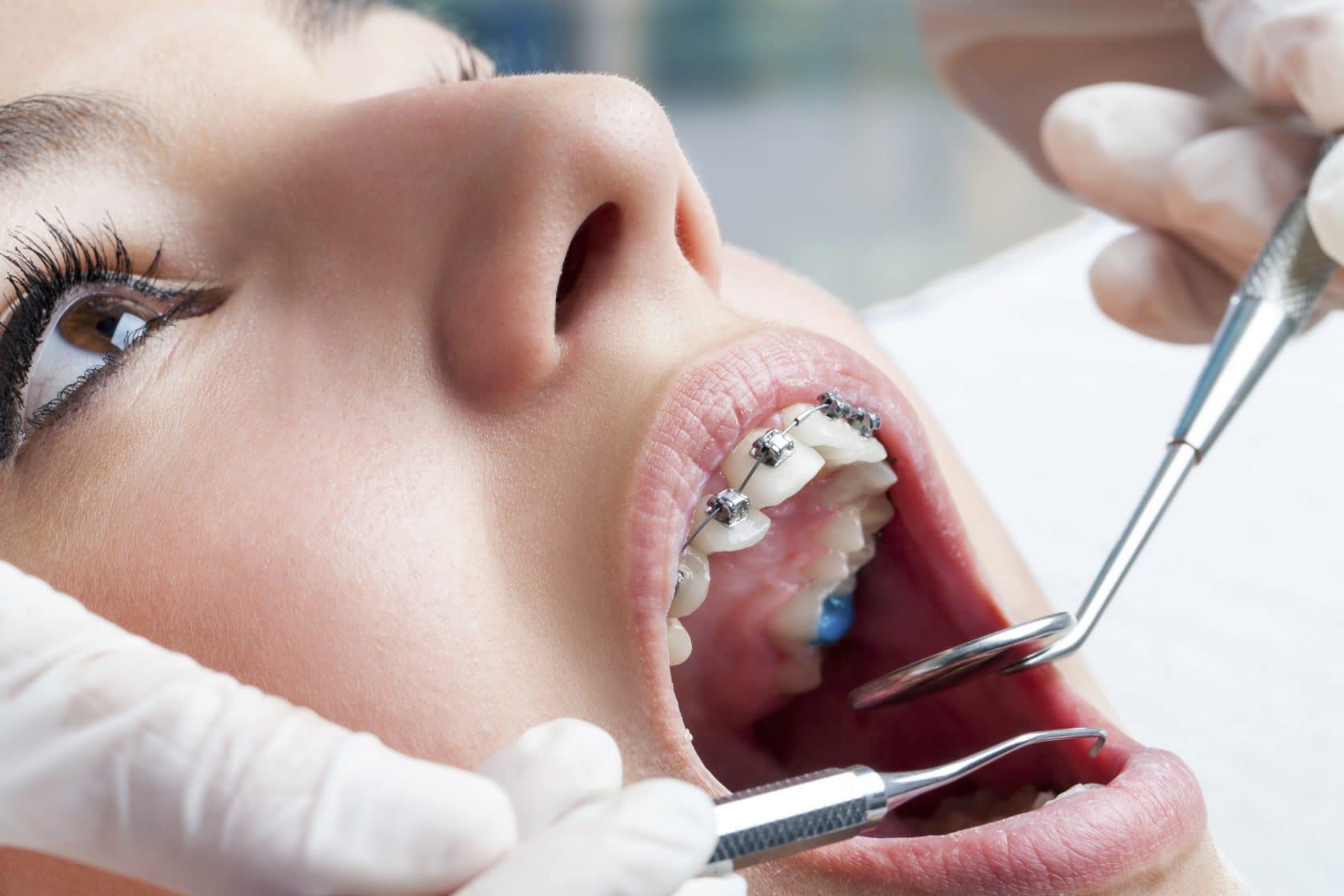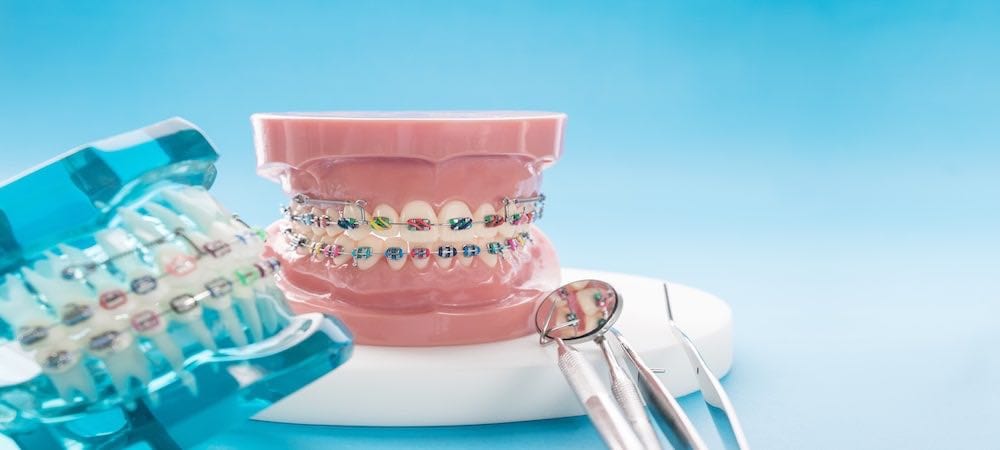Comprehensive Guide to Orthodontics Procedures for Correcting Dental Imbalances
In the realm of orthodontics, the journey to achieving a completely lined up smile entails a myriad of treatments customized to correct dental misalignments. From traditional braces to undetectable aligners and also surgical choices, the field of orthodontics uses a variety of services to resolve differing degrees of dental irregularities. Comprehending the complexities of each treatment, including their systems, advantages, and potential downsides, is vital in making informed choices regarding one's orthodontic therapy. As we navigate via the extensive guide to orthodontic treatments for correcting oral misalignments, the detailed information of each approach will unfold, shedding light on the path toward a useful and unified oral alignment.
Orthodontic Procedures Overview

Regular modifications and monitoring are vital components of orthodontic treatment to guarantee progression is on track and to make any type of essential modifications along the way. By undertaking orthodontic procedures, people can not just attain a straighter smile however additionally improve their total dental health and feature.
Traditional Dental Braces: Just How They Function
When taking into consideration orthodontic treatments for dental misalignments, traditional dental braces stand out as a tried and true technique for dealing with teeth placing. Typical braces consist of brackets, cables, and bands that function with each other to apply constant pressure on the teeth, progressively relocating them right into the desired positioning.
As stress is used to the teeth via the dental braces, the bone bordering the teeth is improved to sustain the brand-new tooth placements. People will certainly need regular modifications at the orthodontist's office to guarantee the braces continue to use the proper stress for reliable teeth activity.
Undetectable Aligners: Benefits And Drawbacks
These clear, custom-made trays are basically unnoticeable when worn, making them an enticing choice for people seeking a more visually pleasing orthodontic treatment. People can eliminate the aligners prior to eating or cleaning their teeth, decreasing the threat of food getting stuck in the appliance and streamlining the cleaning process.

Surgical Orthodontic Options
Surgical treatments in orthodontics existing sensible alternatives for dealing with complex oral misalignments that might not be efficiently dealt with with standard orthodontic therapies. While traditional dental braces and undetectable aligners can remedy many orthodontic problems, particular cases require medical intervention to accomplish ideal results. Surgical orthodontic alternatives are usually recommended for extreme malocclusions, significant jaw inconsistencies, and cases where the underlying bone framework requires alteration to attain correct alignment.
One common surgical orthodontic treatment is orthognathic surgery, which includes rearranging the jaws to deal with functional problems such as trouble talking or chewing. This surgery is commonly done in partnership find this with an orthodontist that assists straighten the teeth before and after the procedure. Surgical orthodontics may additionally involve procedures to expose impacted teeth, eliminate excess gum tissue, or reshape the jawbone to create a more unified facial profile.
Prior to taking into consideration surgical orthodontic choices, people go through a thorough evaluation to determine the necessity and possible benefits of such interventions. invisalign. While surgical procedure may appear daunting, it can considerably improve both the feature and visual appeals of the smile in instances where conventional orthodontic therapies fall short
Retainers and Post-Treatment Care

Post-treatment treatment includes complying with the orthodontist's directions carefully. This might include correct dental health methods, participating in follow-up consultations, and putting on the retainers as recommended. Failure to comply with post-treatment treatment guidelines can result in regression, where the teeth gradually move back towards their original positions. Consistent retainer wear, great dental health, and normal oral check-ups are essential for keeping the outcomes attained via orthodontic surgical treatment and guaranteeing the lasting stability of the dealt with oral positioning.
Conclusion
In conclusion, orthodontic treatments use numerous choices for fixing oral imbalances. Surgical orthodontic choices are readily available for more serious imbalances. Overall, orthodontic procedures can properly boost oral wellness and visual look.
As we navigate through the extensive guide to orthodontic procedures for dealing with dental misalignments, the complex information of each method will certainly unravel, losing light on the path toward a practical and harmonious oral positioning. - cumming invisalign
One of the most common orthodontic treatments is the use of braces, which are composed of metal brackets and wires that apply gentle pressure to slowly move teeth right into the preferred placement.When considering orthodontic treatments for oral misalignments, standard braces stand out as a time-tested technique for fixing teeth positioning. In addition, invisible aligners may not be suitable for intricate orthodontic issues that need even more considerable teeth activity, as they are generally recommended for moderate to modest situations. Retainers are tailor-made orthodontic gadgets developed to hold teeth in their corrected settings after the completion of orthodontic therapy.